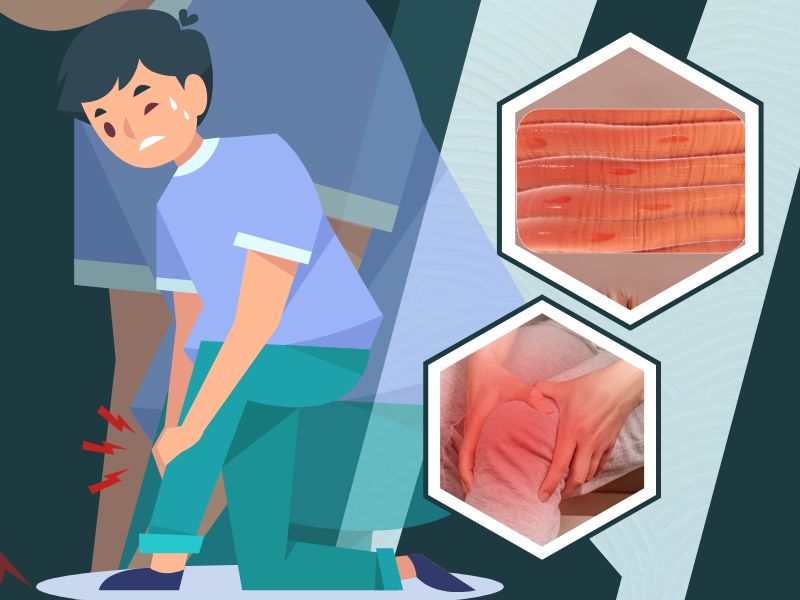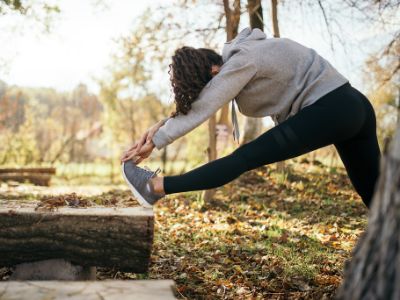Leg Cramps Causes and Treatment

Leg cramps are a common and usually harmless condition where the muscles in your leg suddenly become tight and painful. It usually occurs in the calf muscles, although it can affect any part of your leg, including your feet and thighs. After the cramping has passed, you may have pain and tenderness in your leg for several hours.
Causes of Leg Cramps
In most cases, people don’t know the exact cause of leg cramps even though there are several theories.
- Involuntary nerve discharges
- Restriction in the blood supply
- Stress
- Too much high-intensity exercise. Some research suggests that muscle fatigue and nerve dysfunction may play a role.
- Sleeping with one foot stretched out and the calf muscles shortened may trigger cramps at night.
- Cramps are more likely nowadays as most people no longer squat – a position that stretches the calf muscles.
Sometimes, leg cramps are caused by an underlying condition relating to the nervous system, metabolism, circulation, or hormones. Also, some medications may increase the risk. The conditions that may cause cramps to include:

- Muscle fatigue
- Vascular disease
- Hemodialysis
- Cancer treatment
- Cirrhosis
- Chronic kidney failure
- Alcohol misuse
- Restless legs syndrome
- Pregnancy
- Parkinson’s disease
- Peripheral artery disease
- Spinal stenosis
- Chronic obstructive pulmonary disease
- Chronic kidney disease and kidney failure
- Thyroid disease and hormonal problems
- Motor neuron disease
- Lou Gehrig’s disease
- Spinal nerve irritation or compression
- Hardening of the arteries
- Chronic infections
- Diabetes
- Fibromyalgia
Treatment for Leg Cramps
You may want to get rid of leg cramps the moment it strikes. You may be awakened in the middle of the night or finishing your exercise routine and unfortunately, no magical injections that can instantly relieve your pain. However, there are eight steps to take to possibly get rid of leg cramps:

- Stand – Get up. Press your feet against the floor.
- Massage – use your hands or a roller to massage the muscles.
- Stretch – straighten your leg and then flex it, pulling your toes towards your shin to stretch the muscles.
- Walk – wiggle your leg while you walk around.
- Apply cold – wrap a bag of ice in a towel and apply it to the area.
- Apply heat – use a heating pad or take a warm bath.
Experts can’t promise that you’ll never have a leg cramp again, but there are some steps you can take that might reduce your risk.
- Make sure that you stay hydrated. Don’t drink as much alcohol and caffeine.
- Adjust how you sleep.
- Gently stretch your leg muscles before you go to sleep.
- Keep blankets and sheets loose around your feet so that your toes are not distorted.
- Wear shoes that fit you well and support your feet.
- Stretch your muscles before and after you exercise.
- Perform frequent leg exercises.
- Experiment with mild exercise right before bed. Walk on the treadmill or ride a bicycle for a few minutes.
Medications for Leg Cramps
Medications that may help with leg cramps:
- Verapamil
- Ibuprofen
- Diltiazem (Cartia XT)
- Orphenadrine (Norflex)
- Tizanidine
- Baclofen



